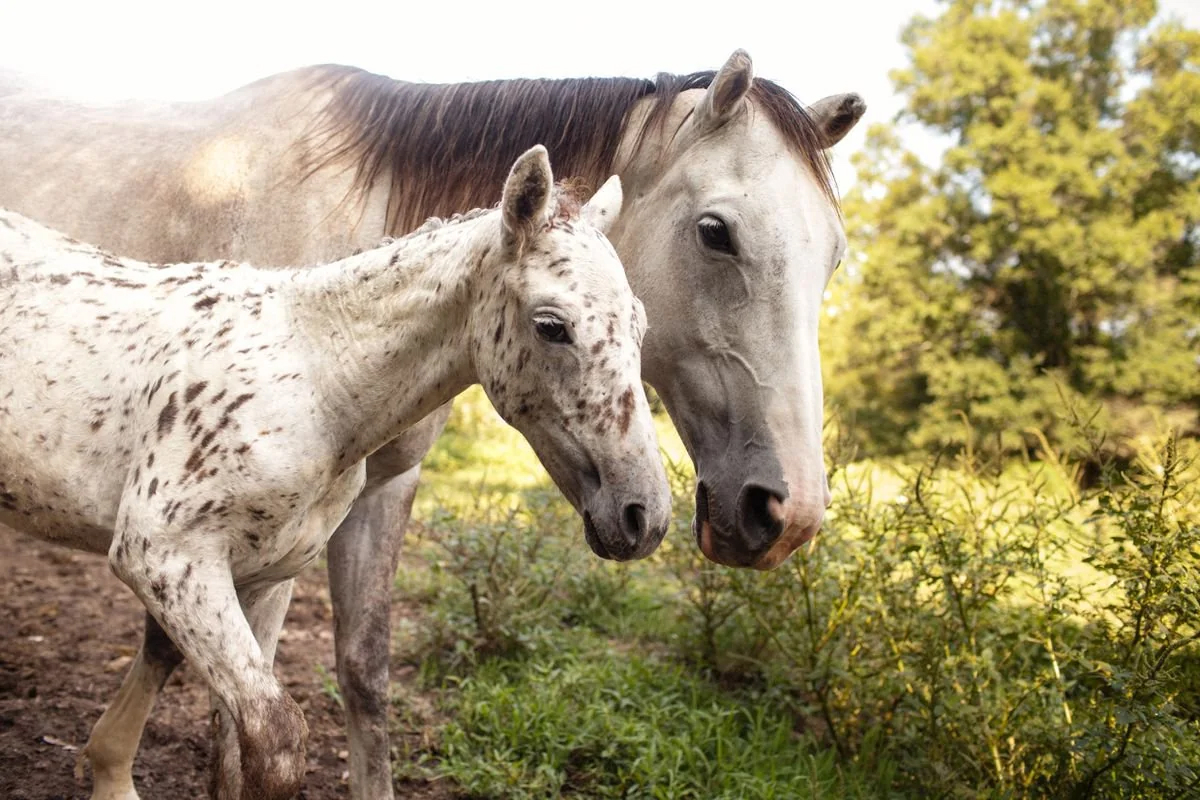The Pre-European Arrival Integration of Spanish Horses into Indigenous South American Societies

A newly conducted study proposes that approximately four centuries ago, hunter-gatherers located in the most southern parts of South America incorporated horses of Spanish lineage into their societies, this happened well before the European settlers inhabited the area.
Archaeozoologist William Taylor of the University of Colorado Boulder and his associates shed light on this claim through their analysis of horse remains discovered at Chorrillo Grande 1, an archaeological site in Argentina's Patagonian region. These analyses suggested that the locals began to farm and consume transatlantic equines by the early 1600s.
Spaniards initially arrived in south-central South America in 1536, but after a few years, they moved-up north, leaving horses and other livestock behind. The research group led by Taylor concluded that Patagonian hunter-gatherers began integrating growing numbers of horses into their lifestyle around a century or more before Europeans held a permanent settlement there, this feat occurred in the mid-1800s, as published in the Science Advances on December 8.
Related studies proposed that descendants of horses brought to Mexico by the Spaniards in 1519 reached the Indigenous people in North America by the early 1600s, this took place ahead of these groups' first encounter with Europeans.
The horse remnants excavated at Chorrillo Grande 1 were composed of portions of three leg bones and six teeth. The DNA from these samples revealed three domestic horses, comprising one adult male and two adolescent females, according to the scientists. Radiocarbon dating of the horse samples, residue from food on uncovered pottery, and other unearthed materials, suggested that human habitation started there between 1599 and 1653.
The scientists inferred from fractures and burn marks identified on the limb bones that the two female horses were slaughtered for food intake. Europeans taking residence in Patagonia in the 1800s noted the local Tehuelche hunter-gatherers' practice of consuming mare's meat and blood.
Taylor has speculated that horses rapidly assumed various roles in Native American societies. Historical records describe societies located across southern South America as horse herders, utilizers of horses in hunting, participants in horse-based ceremonies, and creators of items like tents and stringed musical instruments from horse materials.




